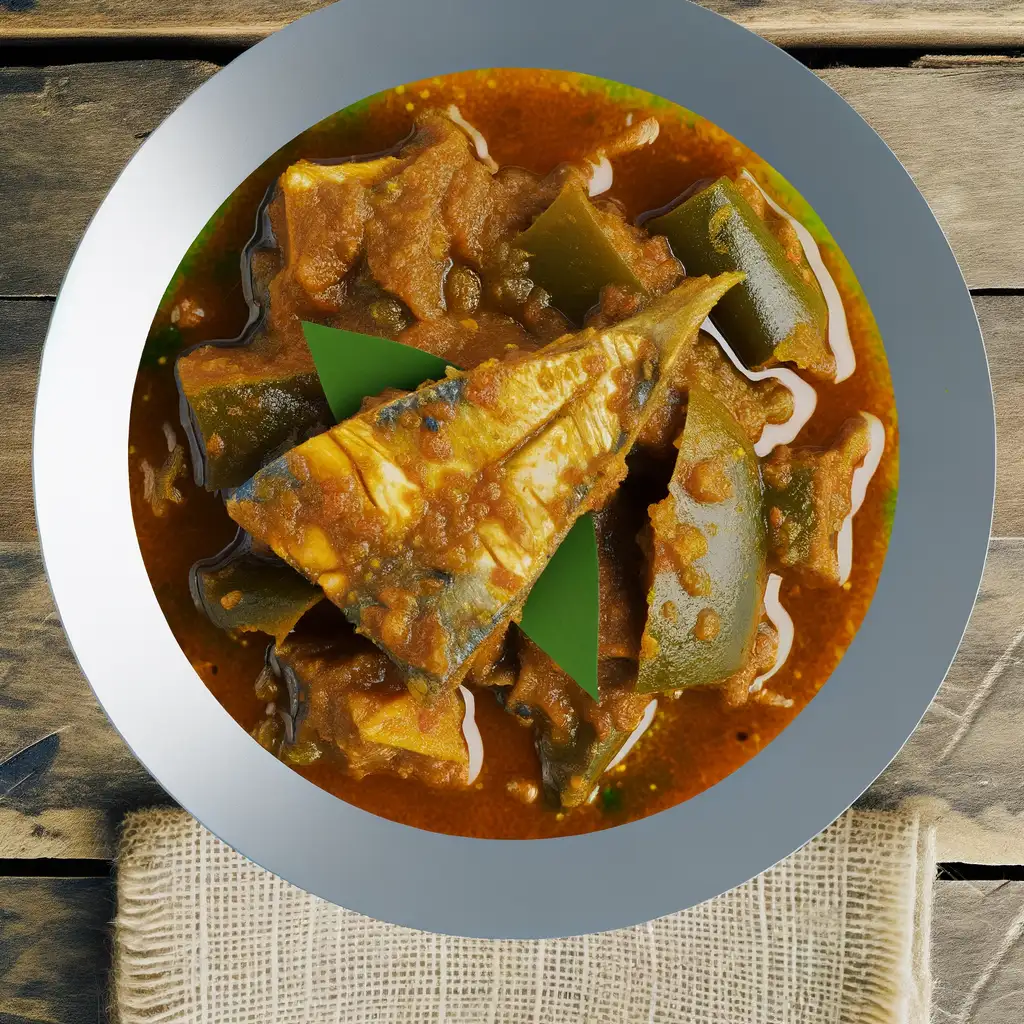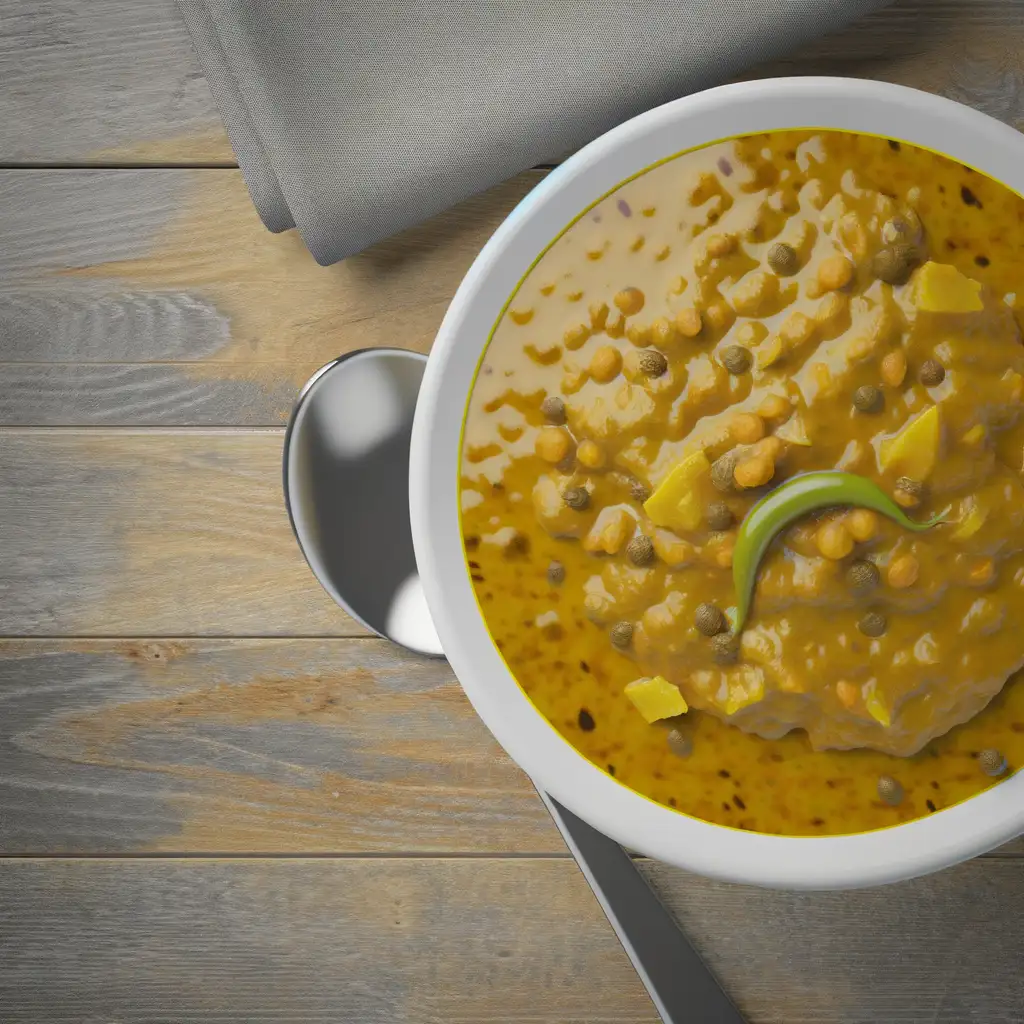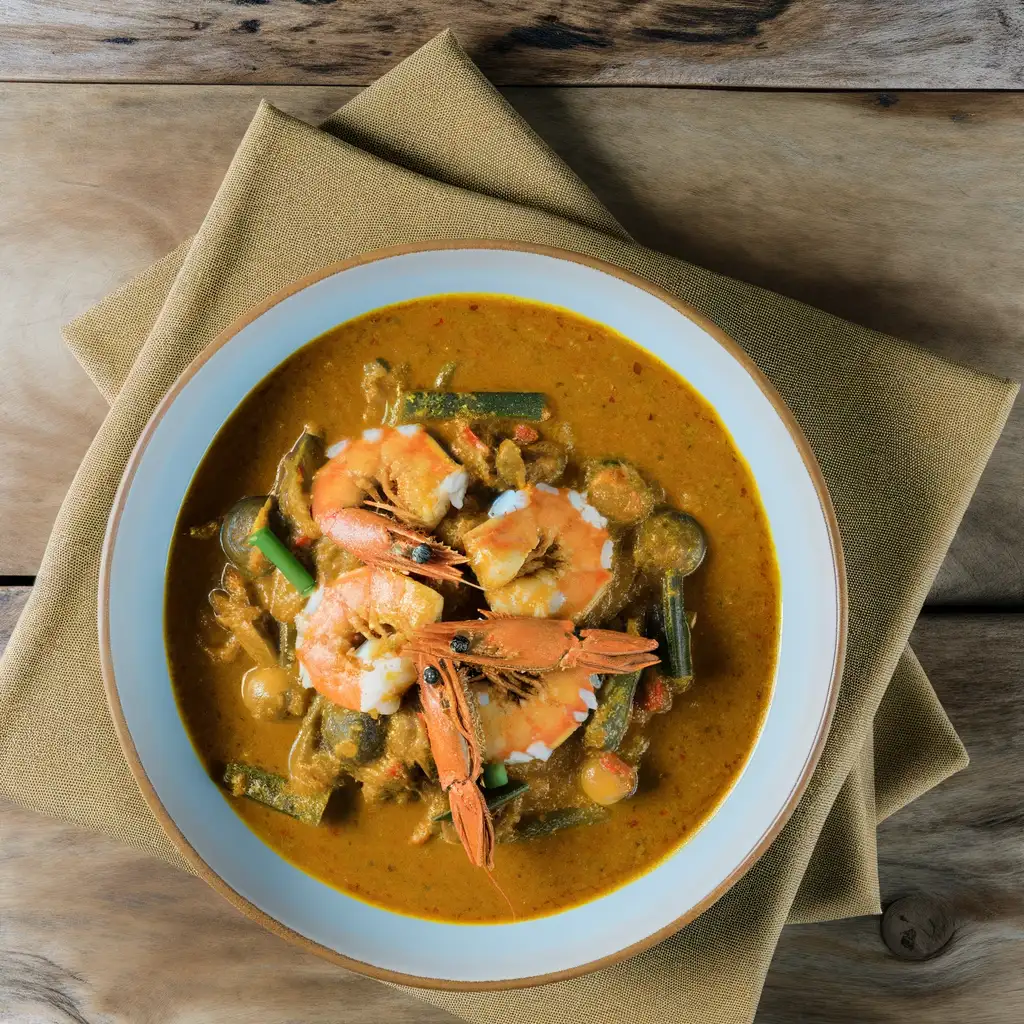



If you ever find yourself craving a place where the ocean’s turquoise whispers meet ancient history,Trincomalee District in Sri Lanka is where you should head. The moment you arrive,there’s this laid-back rhythm in the air—like the sea itself is breathing slowly,inviting you to slow down and soak it all in. The salty breeze carries hints of tropical flowers and the distant sizzle of street food stalls,while the sound of waves gently lapping against golden shores feels like a natural lullaby. What’s truly captivating about Trincomalee is how it effortlessly blends its rich cultural tapestry with stunning natural beauty. You can wander through vibrant local markets where the chatter of Tamil and Sinhala vendors fills the air,and the scent of freshly ground spices teases your senses. Then,just a short drive away,you’ll find yourself at the ancient Koneswaram Temple perched dramatically on a cliff,overlooking the endless blue—a place where history and spirituality seem to dance together. And the beaches! Oh,the beaches here are something else—soft,warm sand stretching beneath your feet,and water so clear you can spot colorful fish darting around coral reefs. Whether you’re snorkeling,diving,or just lounging with a fresh king coconut in hand,there’s a peacefulness that wraps around you like a gentle hug. Trincomalee isn’t just a destination; it’s a feeling—a mix of awe,calm,and discovery that stays with you long after you leave.
The information on this page is currently being reviewed by Tripkliq and should be used as a guide only
Eng word: Hello
Eng pronunciation: Vanakkam
Local language: வணக்கம்
Eng word: Goodbye
Eng pronunciation: Priyavidai
Local language: பிரியாவிடை
Eng word: Thank you
Eng pronunciation: Nandri
Local language: நன்றி
Eng word: How much
Eng pronunciation: Evvalavu
Local language: எவ்வளவு
Eng word: Toilet
Eng pronunciation: Kazhipparai
Local language: கழிப்பறை
Eng word: Help me
Eng pronunciation: Enakku Udhavungal
Local language: எனக்கு உதவுங்கள்
Eng word: Yes
Eng pronunciation: Aam
Local language: ஆம்
Eng word: No
Eng pronunciation: Illai
Local language: இல்லை
Eng word: Excuse me
Eng pronunciation: Mannikkavum
Local language: மன்னிக்கவும்
Trincomalee has been a significant port city for over two millennia, serving as a major maritime hub for ancient trade routes between East and West.
The Koneswaram Temple, also known as the Temple of a Thousand Pillars, is a classical-medieval Hindu temple dedicated to Lord Shiva. It is one of the Pancha Ishwarams (five abodes of Shiva) in Sri Lanka.
Built by the Portuguese in 1624, Fort Frederick was later captured and expanded by the Dutch and British. It stands as a testament to the colonial history of Trincomalee.
During World War II, Trincomalee served as a strategic naval base for the British Royal Navy, playing a crucial role in the defense of the Indian Ocean.
The Kanniya Hot Springs are a series of seven hot wells with varying temperatures. They are believed to have been used since ancient times for their therapeutic properties.
Located within Fort Frederick, this museum showcases the rich maritime history of Trincomalee, including artifacts from various periods of naval warfare and trade.
Lover's Leap is a cliff near Koneswaram Temple, named after a tragic legend of a young woman who leapt to her death. It offers stunning views of the Indian Ocean.
Dutch Bay is a picturesque area named after the Dutch colonial period. It is known for its beautiful beaches and is a popular spot for tourists.
Velgam Vehera is an ancient Buddhist temple dating back to the 2nd century BC. It is one of the few Buddhist sites in the predominantly Hindu region of Trincomalee.
In Trincomalee District, the most common Power Adaptor is Type D, Type G.



A popular street food made from chopped roti (flatbread) stir-fried with vegetables, eggs, and a choice of meat, seasoned with spices.
.webp)
A bowl-shaped pancake made from fermented rice flour, often served with a variety of toppings such as egg, coconut milk, or sweetened with jaggery.

A traditional sour fish curry made with firm fish, cooked with a blend of spices and goraka (a sour fruit), giving it a unique tangy flavor.

A staple dish made from lentils cooked with spices, coconut milk, and sometimes vegetables, served as a side dish with rice.
.webp)
Steamed rice noodle cakes served with coconut milk and curry, often enjoyed for breakfast or dinner.

A flavorful curry made with fresh catch from the ocean, typically including fish, prawns, and crab, cooked in a rich coconut milk base with spices.

A spicy condiment made from dried prawns, coconut, and chili, often served as a side dish to enhance the flavor of rice and curry.

A flatbread made with grated coconut and flour, often served with spicy sambols or curries.
If you step into Colombo District,you immediately feel the pulse of a city that’s both vibrant and laid-back,where old-world charm meets modern hustle. Imagine walking along bustling streets lined with colonial-era buildings,their faded facades telling stories of a rich past,while sleek glass towers rise nearby,reflecting the tropical sun. The air carries a mix of scents—spices from street food stalls,salty sea breeze from the nearby coast,and the faint aroma of jasmine from roadside vendors. It’s a place where the sounds of honking tuk-tuks blend with the call to prayer and the laughter of children playing in small parks.
Colombo’s character is a beautiful mosaic of cultures. You’ll find Buddhist temples nestled beside mosques and churches,and markets where Tamil,Sinhalese,and Muslim communities come together in a colorful dance of languages and traditions. The city’s food scene is a feast for the senses—imagine biting into a crispy hopper drizzled with coconut sambol or sipping on a strong,sweet Ceylon tea while watching the sunset over Galle Face Green,where locals fly kites and families gather to unwind.
What makes Colombo truly special is its warmth. Despite the city’s fast pace,there’s a genuine friendliness in the smiles of shopkeepers and the inviting chatter in cafés. It’s a place where you can lose yourself in vibrant street art one moment and find quiet reflection in a serene temple garden the next. Colombo isn’t just a destination; it’s an experience that stays with you long after you leave.
If you ever find yourself craving a place where history hums softly beneath the warm sun and the air carries the scent of salty sea breeze mixed with fragrant spices,Jaffna District in Sri Lanka is where you should go. The moment you step into Jaffna,there’s this gentle rhythm to life — a blend of old-world charm and vibrant local energy that feels both peaceful and alive. The streets buzz with colorful markets where vendors call out,selling everything from fiery red chilies to freshly caught seafood,while the aroma of roasting curry leaves and coconut fills the air.
What really makes Jaffna stand out is its rich Tamil culture,which you can see in the intricate carvings of ancient temples and taste in the unique flavors of Jaffna cuisine — think tangy crab curry,crispy hopper pancakes,and sweet,milky Jaffna-style tea that warms you from the inside out. The people here are incredibly welcoming,their smiles genuine,and their stories woven into the fabric of the city’s character.
Beyond the city,the landscape unfolds into serene lagoons and sun-drenched beaches where the turquoise water laps gently against the shore. It’s a place where time slows down just enough for you to soak in the vibrant colors of a sunset or the quiet hum of a temple bell. Visiting Jaffna feels like stepping into a living story — one that invites you to explore,taste,and connect with a culture that’s both ancient and wonderfully alive.
If you ever find yourself craving a place where history hums softly through the air and nature wraps you in a cool,misty embrace,Kandy District in Sri Lanka is where you want to be. The moment you step into Kandy,there’s this gentle buzz—a mix of temple bells,chattering markets,and the rustle of leaves from the surrounding hills. It’s a city that feels alive but not rushed,like it’s inviting you to slow down and soak in its stories.
Walking through Kandy,you’ll catch the scent of jasmine and incense drifting from the Temple of the Tooth,a sacred spot that pulses with spiritual energy. The streets are lined with colorful stalls selling fresh tropical fruits,spicy street food,and handwoven textiles,tempting your senses at every turn. Don’t miss trying a cup of Ceylon tea here—rich,fragrant,and perfectly brewed,it’s like tasting a piece of the island’s soul.
What makes Kandy truly special is how it balances vibrant culture with breathtaking nature. Nestled among emerald hills and shimmering lakes,it’s a place where you can explore bustling markets one moment and find yourself wandering peaceful botanical gardens the next. The locals’ warmth and pride in their heritage shine through in traditional dance performances and festivals,making you feel like you’re part of something timeless. Honestly,Kandy isn’t just a destination—it’s an experience that lingers long after you leave.
If you find yourself wandering through Sri Lanka,Galle District feels like stepping into a storybook where history and everyday life dance together effortlessly. The moment you arrive,there’s this warm,salty breeze carrying the distant chatter of fishermen and the rhythmic crash of waves against ancient fort walls. It’s a place where time slows down just enough for you to savor the vibrant colors of colonial buildings,their shutters flung open to reveal cozy cafes brewing rich Ceylon tea and the scent of freshly baked pastries. Walking through the cobbled streets of Galle Fort,you can almost hear whispers of centuries past mingling with the laughter of locals and the clinking of glasses as the sun dips low.
What really makes Galle special is its blend of cultures and the genuine warmth of its people. You’ll find artists sketching by the sea,street vendors selling spicy kottu roti that fills the air with tantalizing aromas,and markets bursting with tropical fruits so fresh they almost taste like sunshine. The district’s coastline is a playground of turquoise waters and golden sands,perfect for a lazy afternoon swim or a sunset stroll where the sky blushes in shades of pink and orange.
Beyond the fort,the landscape unfolds into lush tea plantations and quaint villages where life feels beautifully unhurried. Galle isn’t just a place to visit—it’s a place to feel alive,to connect with a rich tapestry of history,culture,and nature that stays with you long after you’ve left.
If you ever find yourself in Sri Lanka,you absolutely have to spend some time in Negombo. The moment you arrive,there’s this laid-back coastal rhythm that wraps around you like a warm breeze. It’s a place where the ocean’s salty tang mingles with the scent of fresh spices from the bustling markets,and the chatter of fishermen mending their nets creates a soundtrack that feels both timeless and alive. Walking along the beach at sunset,you’ll see colorful fishing boats bobbing gently on the water,their bright hues reflecting the fiery sky.
Negombo’s charm lies in its blend of old and new. The city wears its history proudly,with colonial-era churches standing tall alongside vibrant street markets where vendors call out,selling everything from tropical fruits to freshly grilled seafood. The aroma of sizzling prawns and coconut-infused curries drifts through the air,tempting you to stop and savor the local flavors. It’s a place where you can sip a cup of strong,sweet Ceylon tea while watching the world go by,or dive into a plate of spicy crab that’s been caught just hours before.
What really makes Negombo special,though,is its people. Warm,welcoming,and full of stories,they add a genuine heart to the city’s character. Whether you’re wandering through the fish market at dawn or exploring the quiet canals that earned it the nickname “Little Venice,” you’ll feel like you’re stepping into a living,breathing story. Negombo isn’t just a stopover; it’s a place that invites you to slow down,breathe deeply,and soak in the simple,beautiful pulse of Sri Lankan coastal life.
If you ever find yourself craving a place where the rhythm of life slows down just enough to savor every moment,Batticaloa is that kind of spot. Nestled along Sri Lanka’s eastern coast,this city hums with a gentle,welcoming energy that feels both timeless and alive. Imagine waking up to the soft lapping of waves against the shore,the salty breeze mingling with the scent of fresh coconut and spices from nearby markets. The sun here doesn’t just rise; it spills golden light over the lagoon,turning the water into a shimmering canvas dotted with colorful fishing boats.
Walking through Batticaloa’s streets,you’ll hear a lively mix of Tamil songs,the chatter of locals,and the occasional call of a fisherman selling his catch. The city’s character is deeply tied to its people—warm,resilient,and proud of their rich cultural tapestry. You can taste this heritage in the food:spicy crab curries,sweet jaggery treats,and freshly brewed toddy that locals enjoy as the sun dips below the horizon.
What makes Batticaloa truly unique is its blend of natural beauty and cultural depth. From the mysterious singing fish in the lagoon to the ancient Dutch fort standing guard over the town,every corner tells a story. It’s a place where you can lose yourself in quiet moments by the water or dive into vibrant festivals that light up the streets. Batticaloa isn’t just a destination; it’s a feeling you carry with you long after you leave.
Locals may approach tourists on the beach, offering to sell fake or low-quality jewelry at high prices, claiming it is authentic.
Unlicensed money exchangers may offer poor exchange rates or shortchange tourists during transactions.
Shops may sell counterfeit or low-quality souvenirs, claiming they are handmade or authentic local crafts.
Scammers may sell fake tickets to popular attractions or events, leaving tourists unable to enter the venue.
Individuals may pose as tour guides and offer their services, only to provide little value or demand excessive fees.
Tourists may be offered fishing trips at exorbitant rates, with little transparency about the actual experience or costs.
Tourists renting motorbikes may be accused of causing pre-existing damage and forced to pay for repairs.
Some restaurants near the beach may charge tourists significantly higher prices for seafood dishes compared to locals.
Scammers may pose as temple staff and pressure tourists into making large 'donations' for fake causes.
Tuk-tuk drivers may overcharge tourists by quoting inflated prices or taking unnecessarily long routes.
Sri Lanka has very strict laws regarding the possession, use, and trafficking of drugs. The penalties for drug offenses are severe and can include long prison sentences and even the death penalty for serious offenses. Tourists should avoid any involvement with illegal drugs and be cautious about accepting items from strangers. Prescription medications should be carried with a valid prescription and in their original packaging to avoid any misunderstandings.
In Trincomalee District, as in the rest of Sri Lanka, smoking is prohibited in public places such as hospitals, schools, government offices, and public transport. There are designated smoking areas in some public places, but it is always best to look for signs or ask locals to avoid fines. Smoking is also banned in enclosed public spaces like restaurants and bars unless there is a designated smoking area.
Vaping is subject to similar regulations as smoking in Sri Lanka. It is prohibited in public places and enclosed spaces. While vaping is not as widespread as smoking, it is advisable to follow the same rules and look for designated areas. Importing e-cigarettes and vaping products may also be subject to customs regulations, so it is best to check the latest guidelines before traveling.
What are other people saying about Trincomalee District?
Recent Social posts about Trincomalee District
There is nothing to show you for now.